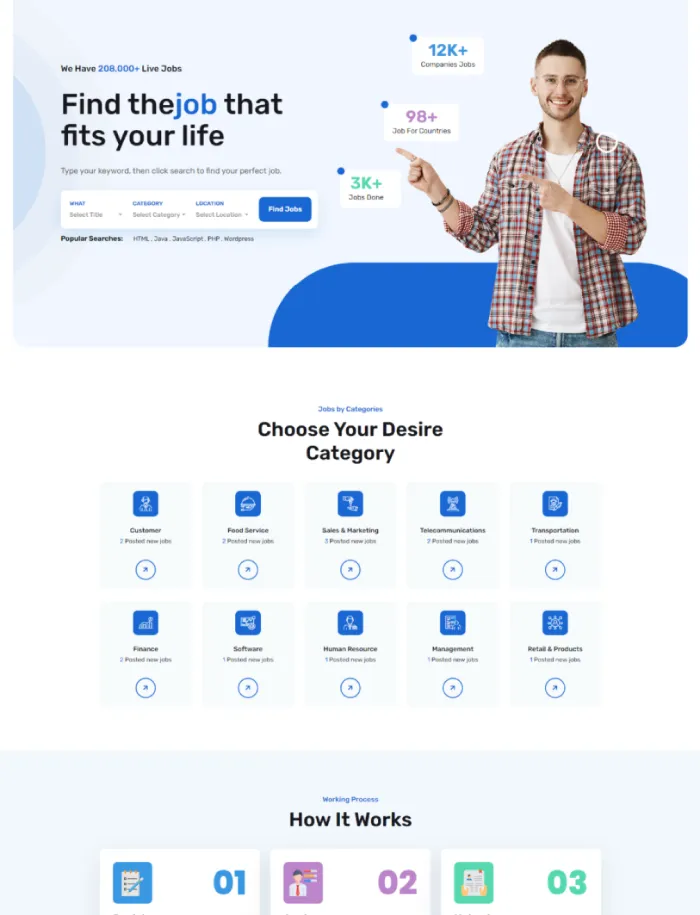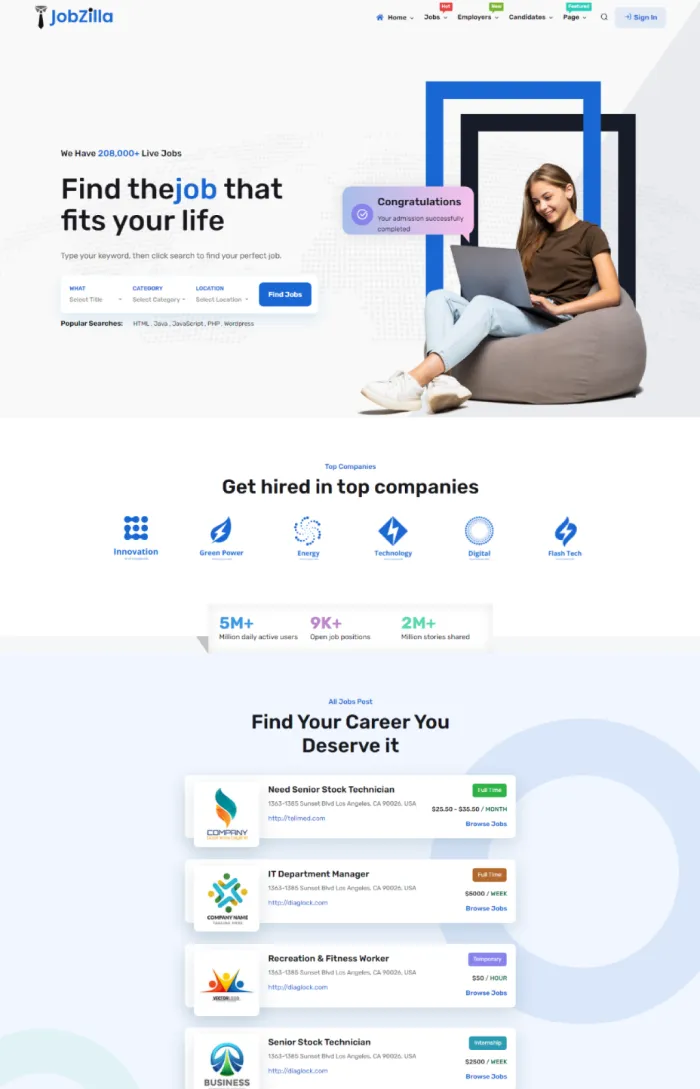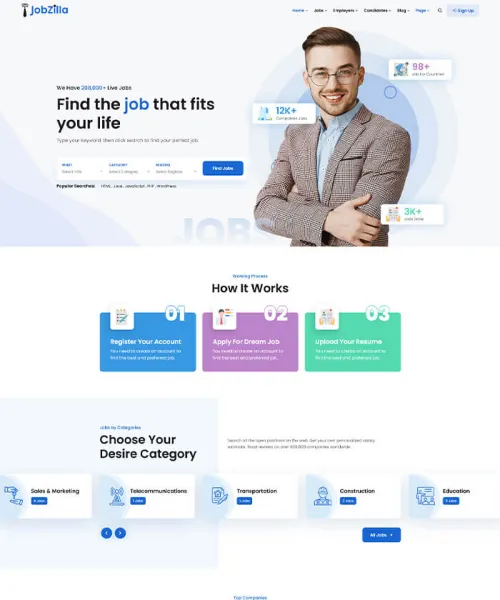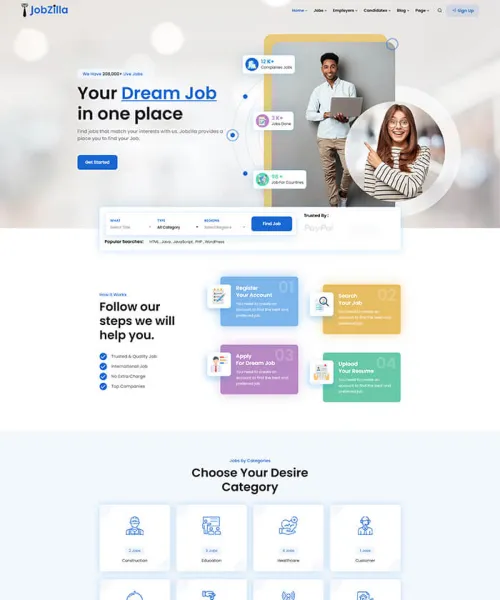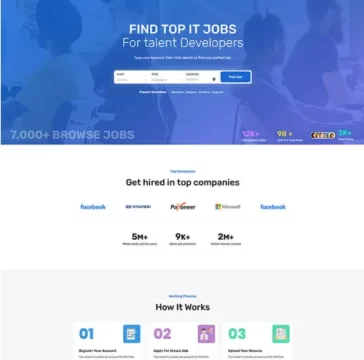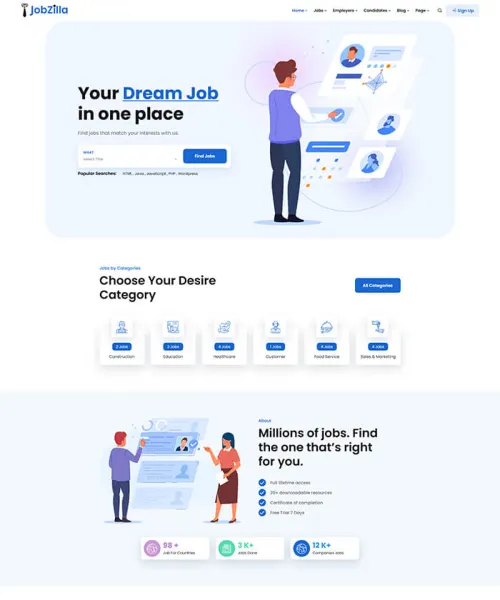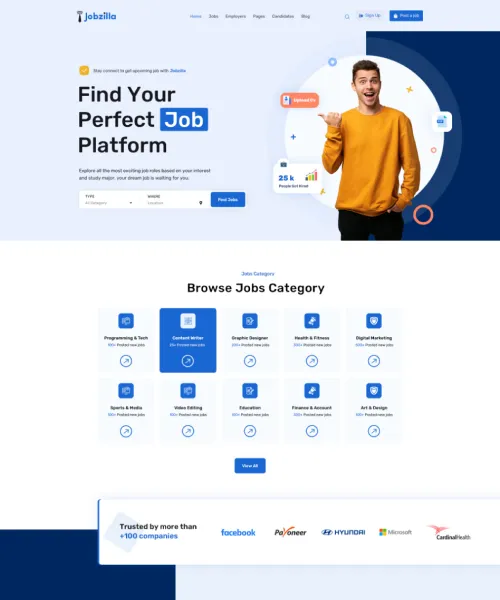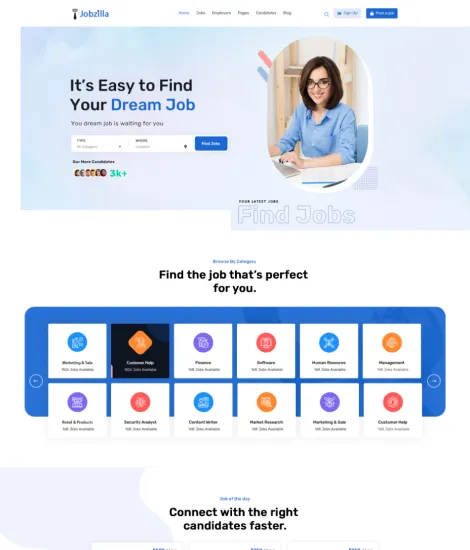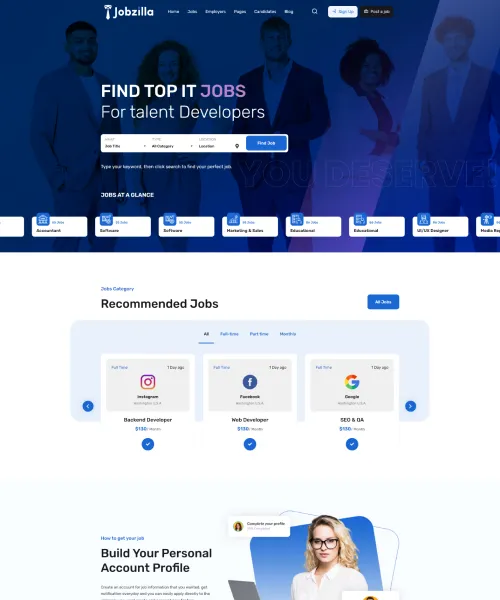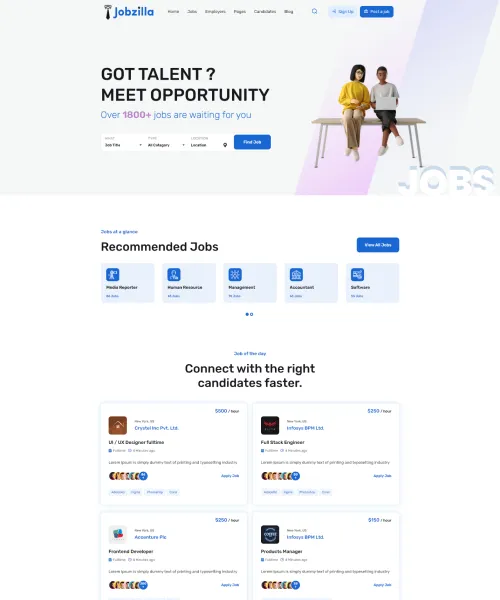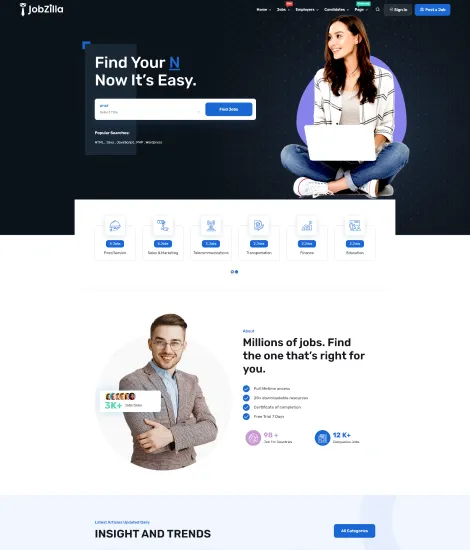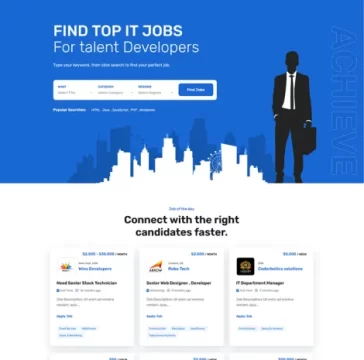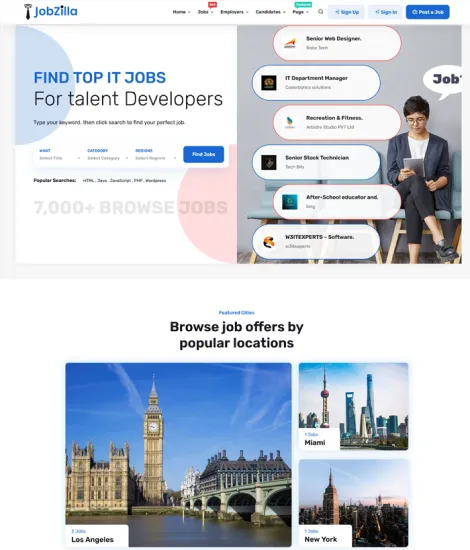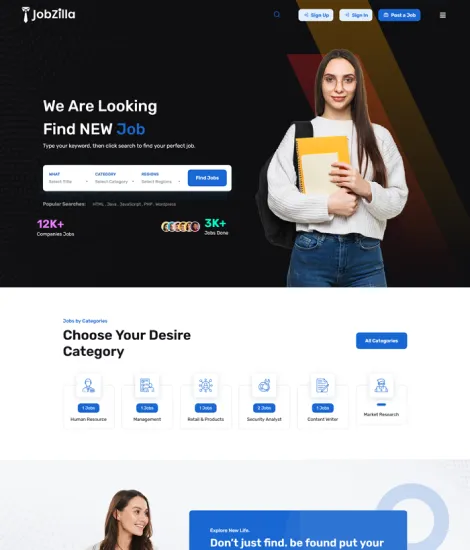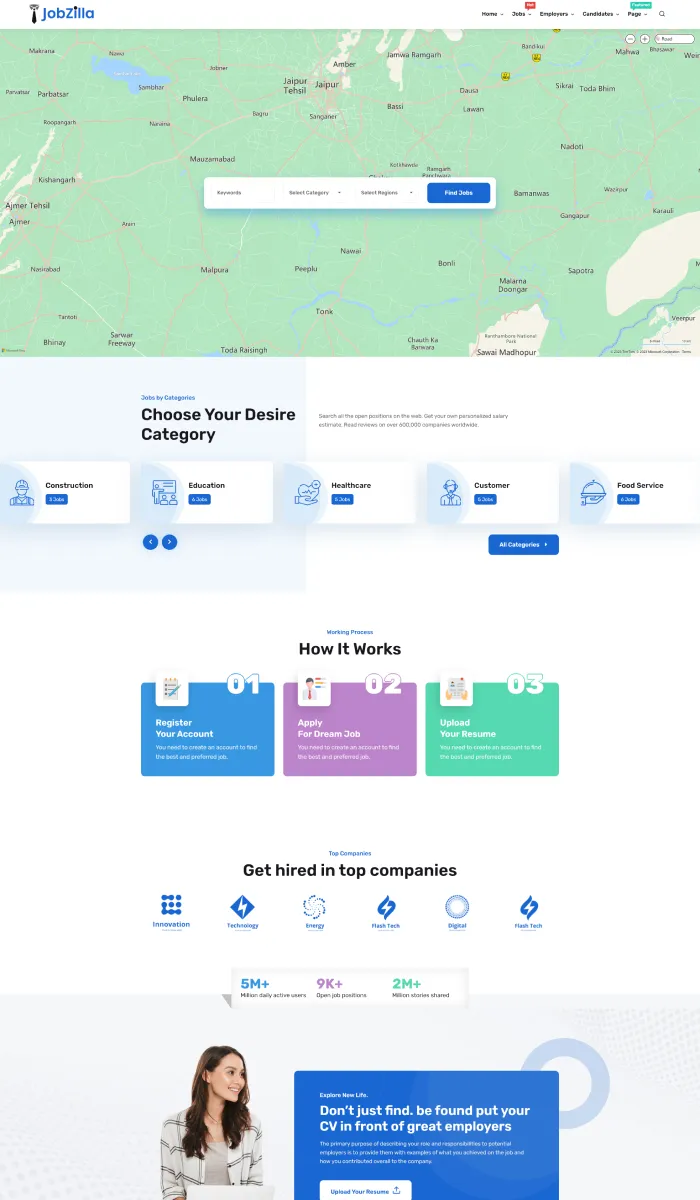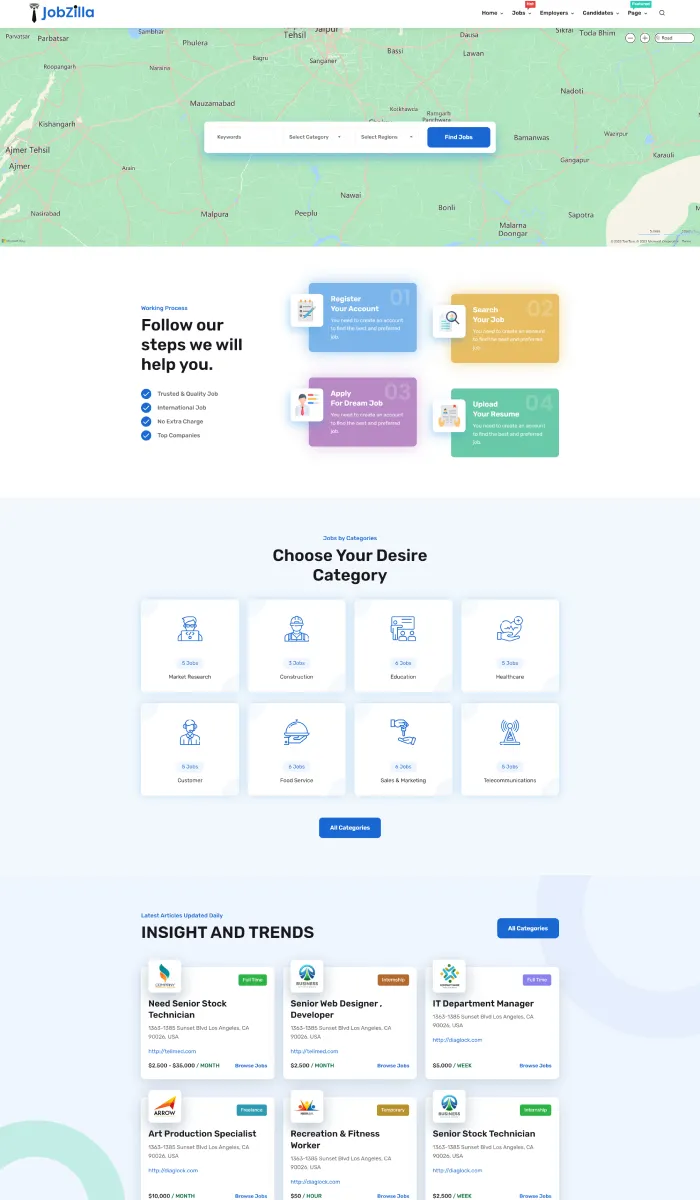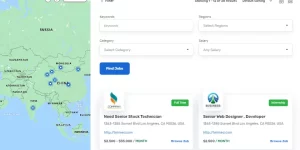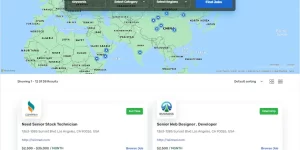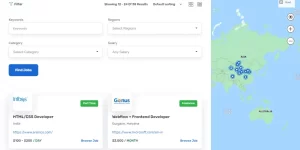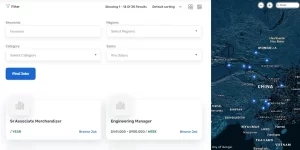Implementing Micro-Targeted Personalization in Email Campaigns: A Deep Dive into Practical Techniques and Automation
Micro-targeted personalization represents the frontier of email marketing—allowing brands to deliver highly relevant, timely, and engaging content tailored to individual customer behaviors and preferences. Achieving this level of precision requires a combination of detailed data segmentation, dynamic content creation, robust automation, and rigorous testing. In this article, we explore actionable, expert-level strategies to implement effective micro-targeted email personalization, emphasizing concrete techniques, step-by-step processes, and common pitfalls to avoid.
1. Defining Precise Customer Segments for Micro-Targeted Email Personalization
a) Identifying Behavioral Data Points for Segment Refinement
Successful segmentation begins with granular behavioral data. To refine your customer segments effectively, focus on collecting and analyzing:
- Browsing Patterns: Which product pages are viewed, frequency of visits, time spent per page.
- Purchase History: Recency, frequency, monetary value (RFM), and product categories purchased.
- Engagement Metrics: Email open rates, click-through rates, time of interaction.
- Abandonment Events: Cart abandonment, wishlist activity, or session drop-offs.
Use tools like Google Analytics, server logs, or custom event tracking to capture these data points in real time. Integrate these into your CRM or customer data platform (CDP) to build a comprehensive behavioral profile for each customer.
b) Creating Dynamic Segmentation Rules Based on Real-Time Interactions
Static segmentation quickly becomes outdated. Instead, implement dynamic rules that adjust based on recent customer behaviors. For example:
- Recent Activity: Segment customers who viewed a specific product in the last 48 hours.
- Engagement Level: Is the customer a frequent openers or occasional reader? Adjust segments accordingly.
- Purchase Recency: Target customers who bought within the last week versus those who haven’t purchased in months.
Implement real-time triggers through your marketing automation platform (MAP) or ESP (Email Service Provider) that update segments immediately upon customer actions, ensuring your campaigns are always relevant.
c) Integrating CRM and Third-Party Data for Enhanced Segmentation Accuracy
To elevate your segmentation beyond behavioral signals, incorporate:
- CRM Data: Customer demographics, loyalty tier, membership status.
- Third-Party Data: Social media activity, demographic info from data providers, location data.
- Transactional Data: Payment methods, delivery preferences, subscription status.
Use ETL pipelines or customer data integration tools (like Segment or Zapier) to synchronize these sources into your central platform, enabling multi-dimensional segmentation that captures both online and offline behaviors.
d) Case Study: Segmenting Based on Purchase Frequency and Recent Activity
Consider an e-commerce retailer aiming to personalize offers. They set up segments such as:
| Segment Name | Criteria | Targeted Strategy |
|---|---|---|
| High-Frequency Recent Buyers | Purchased ≥3 times in last 30 days | Exclusive early access sales |
| Inactive Customers | No purchase in last 90 days | Re-engagement offers with personalized product suggestions |
2. Crafting Highly Personalized Content for Micro-Targeted Campaigns
a) Developing Conditional Content Blocks Using Email Editors
Leverage advanced email editors (like Mailchimp’s conditional merge tags or Salesforce Marketing Cloud’s AMPscript) to insert content blocks that display based on customer attributes or behaviors. For example:
- Product Recommendations: Show different product lists depending on browsing history.
- Location-Based Offers: Include store-specific promotions if the customer is in a certain region.
- Loyalty Status: Display exclusive rewards for VIP customers.
Expert Tip: Test your conditional blocks thoroughly across email clients to ensure compatibility, and set fallback content for scenarios where conditions aren’t met.
b) Leveraging Customer Journey Data to Tailor Messaging at the Micro Level
Map out detailed customer journeys—such as onboarding, repeat purchase cycles, or re-engagement paths—and craft email sequences that trigger based on each stage. For example:
- Post-Purchase: Send personalized thank-yous and related product suggestions within 24 hours.
- Abandoned Cart: Trigger reminder emails with customized messaging based on cart contents.
Use journey orchestration tools (like HubSpot workflows or ActiveCampaign automations) to set precise trigger conditions, delays, and personalized content variations for each micro-moment.
c) Implementing Personalized Product Recommendations Using AI Algorithms
Integrate AI-powered recommendation engines such as Dynamic Yield, Algolia, or Adobe Target to generate personalized product lists. These systems analyze browsing history, purchase data, and behavioral signals to deliver:
- Contextual Recommendations: Suggest products similar to recent views.
- Cross-Sell and Up-Sell: Present complementary items based on previous purchases.
- Real-Time Personalization: Update recommendations dynamically as the customer interacts with your site or emails.
Pro Tip: Always test recommendation algorithms with A/B testing for different segments to optimize relevance and conversion rates.
d) Practical Example: Dynamic Product Lists Based on Browsing History
Suppose a customer viewed several running shoes last week but hasn’t purchased. Your email can dynamically generate a product list featuring:
- Top-rated running shoes in their preferred price range
- New arrivals in the running shoes category
- Accessories like insoles or hydration packs related to running
Implement this using a combination of your AI engine’s API and your email platform’s dynamic content blocks, ensuring real-time updates and high relevance.
3. Technical Implementation: Automating Micro-Targeted Personalization
a) Setting Up Data Collection and Synchronization Pipelines
Establish robust ETL (Extract, Transform, Load) pipelines using tools like Segment, Stitch, or custom scripts to continuously collect behavioral data from sources such as your website, app, POS, and CRM. Key steps include:
- Data Extraction: Use APIs or SDKs to pull event data in real time.
- Data Transformation: Normalize and categorize data (e.g., segment by product category or interaction type).
- Data Loading: Push data into a centralized data warehouse (e.g., Snowflake, BigQuery).
Warning: Ensure data pipelines are resilient with error handling and logging, and update frequency matches your campaign cadence to prevent stale data.
b) Configuring Marketing Automation Platforms for Granular Personalization Triggers
Within your MAP (like Marketo, Eloqua, or HubSpot), define trigger-based workflows that respond to customer behaviors. For example:
- Trigger: Customer views a product page → Action: Add to segment and send personalized email.
- Delay: Wait 24 hours → Action: Send tailored re-engagement message.
Utilize conditional branches within workflows to customize messaging and offers based on segmented data.
c) Using APIs to Inject Customer-Specific Data into Email Templates
APIs enable dynamic insertion of customer data into email content at send time. For example, use personalized placeholders like {{customer_name}} or {{last_purchase_product}}. Implement this by:
- Developing API Endpoints: Create endpoints that return customer-specific data based on segment IDs or user IDs.
- Template Configuration: Configure your email templates to call these APIs during send-time rendering.
- Testing: Verify data accuracy and API response times to prevent delays or errors.
Tip: Use caching strategies for API responses to reduce latency without sacrificing personalization freshness.
d) Step-by-Step Guide: Automating Personalized Discount Codes per User Segment
- Generate Unique Codes: Use a secure code generator or API (e.g., Stripe, custom algorithm) to create unique discount codes for each customer.
- Segment Customers: Based on behavior or purchase history, assign customers to segments requiring personalized discounts.
- Store Codes Securely: Save codes in a database linked to customer IDs, with expiration dates and usage limits.
- Automate Code Injection: Configure your email platform to retrieve codes via API during email rendering.
- Track Redemption: Monitor code usage through your sales platform and adjust campaigns accordingly.
Note: Always test code generation and injection workflows thoroughly to prevent delivery errors or security issues.
4. Testing and Optimizing Micro-Targeted Personalization Tactics
a) Designing A/B Tests for Different Personalization Elements
Implement rigorous A/B testing frameworks that isolate variables such as content blocks, recommendation algorithms, or subject lines. For instance:
- Create control and variant groups based on segmentation rules.
- Test different recommendation placements or messaging styles within the email.
- Use multivariate tests for complex personalization combinations.
Ensure statistically significant sample sizes and duration for conclusive results, and utilize your analytics platform (Google Analytics, Mixpanel) for tracking.
b) Tracking Micro-Conversion Metrics and Analyzing Results
Define micro-conversions such as clicks on personalized product recommendations, time spent engaging with dynamic content, or segment-specific CTA responses. Use event tracking to gather data, then analyze:
- Identify which personalization tactics drive the highest engagement.
- Assess the lift in conversion rate attributable to specific dynamic elements.
- Use cohort analysis to understand long-term effects of personalization strategies.
c) Avoiding Common Pitfalls in Personalization Testing (e.g., Overfitting, Data Leakage)
To ensure valid results:
- Overfitting: Avoid overly complex segmentation that captures noise rather than true signals; validate with holdout samples.
- Data Leakage: Ensure real-time data isn’t inadvertently influencing future segmentations or models.
- Sample Bias: Randomize test groups to prevent bias and ensure representative samples.
d) Case Example: Improving Engagement Rate by Refining Segmentation Rules
A fashion retailer noticed low click-through rates on personalized emails. They refined their segmentation by:
- Adding behavioral thresholds (e.g., only include customers who viewed a product more than twice).
- Excluding segments with


